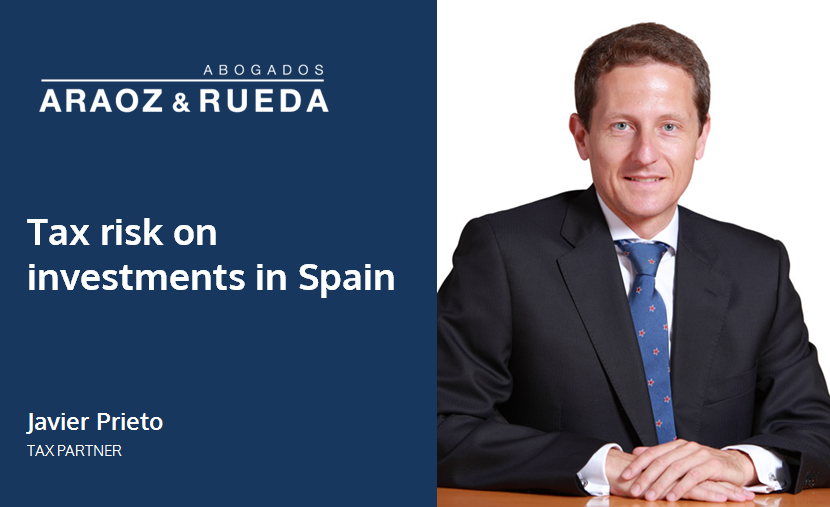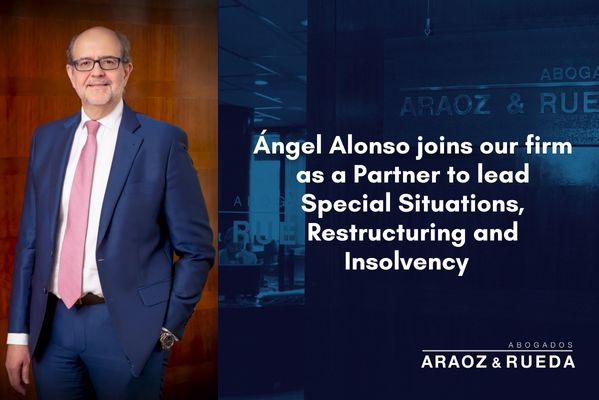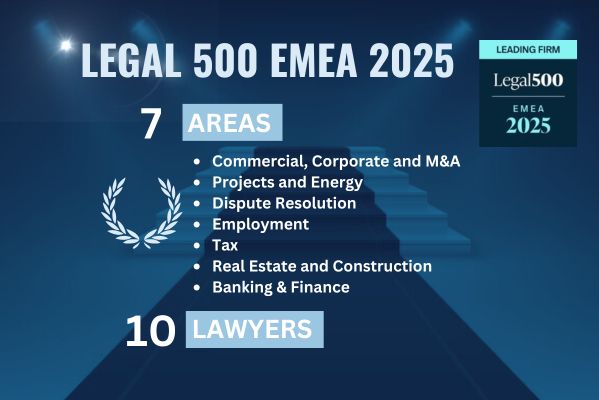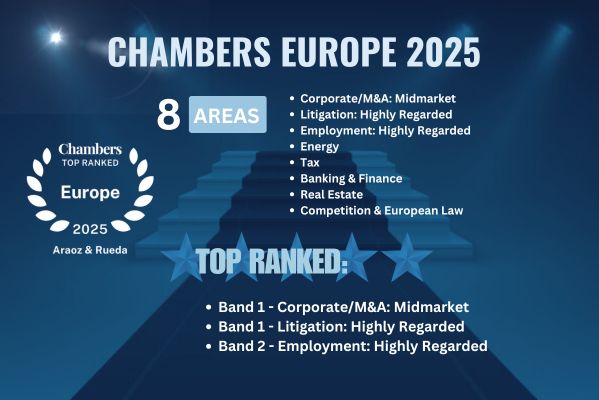The structure
Private Equity funds and houses (and other investors) which come from out of the EU traditionally incorporate a subsidiary in EU Member State in order to be eligible for some exemptions for repatriation of dividends and payment of interest and royalties (from other subsidiaries resident in a EU jurisdiction). These tax exemptions are provided for entities resident for tax purposes in those EU jurisdictions due to the application of some UE Directives. These tax benefits will not be applicable to the PE funds if the investment were directly carried out.
Additionally, the EU Member State in which the subsidiary is incorporated provides a beneficial tax regime for the repatriation of profits / dividends, payment and deduction of interest / royalties, to the jurisdiction in which the PE Fund (or investor) is located. These tax advantages are provided by the internal legislation of such jurisdiction or a Double Tax Treaty entered into such jurisdiction and the PE Fund´s (or investor) jurisdiction.
For instance, a profit obtained in Spain is repatriated to a LuxCo/DutchCo/IrishCo and it is subsequently repatriated to the US. or, for instance, payment of an interest is made from Spain to Luxco, and other interest is subsequently paid from LuxCo to the US. No tax leakage (or reduced tax leakage) is achieved by intermediating an entity instead of direct investment or loan.
The issue
Interposing entities for achieving a benefited tax treatment has always been challenged by legislators and tax authorities both at an international and a local level (anti-conduit companies, CFC rules, anti-avoidance rules, substance rules, anti-treaty shopping rules). The “Danish beneficial ownership cases” imply a step forward in connection with the interpretation of anti-avoidance rules for EU Directives (Parent-Subsidiary and Interest and Royalties), and in particular, the delimitation and contours of the “beneficial ownership” concept. These are the links to the resolutions:
- http://curia.europa.eu/juris/document/document.jsf?docid=211047&text=&dir=&doclang=EN&part=1&occ=first&mode=DOC&pageIndex=0&cid=7893540
- http://curia.europa.eu/juris/document/document.jsf;jsessionid=E3798E4C3214BDB4619021FC7C599666?text=&docid=211053&pageIndex=0&doclang=EN&mode=lst&dir=&occ=first&part=1&cid=1473437
The advice
Any corporate structure which resembles those to which these EU resolutions are challenging would need to be deeply analyze in order to confirm if the characters pointed out in the resolutions are fulfilled or not.
In particular, (i) the objective or main purpose for which the entity/vehicle was created, (ii) the periods for the payment of interest in between the entities involved, (iii) the arrangements and conditions for payments between the companies, (iv) the activities of the entities involved and the effective management of those activities including financial ones, (v) analysis of the balance sheet, P/L, cost and expenditures of the entity, staff and equipment used, (v) financing of the transactions, valuation of the entity, (vi) other related matters (tax legislation, complexity of the structure).
Our recommendation would be to revisit those structures already in place to ascertain if they are fulfilling this new level of eligibility and provide with the corresponding advice to minimize any risk.
For more information on this topic please contact our Tax Partner Javier Prieto (prieto@araozrueda.com)





